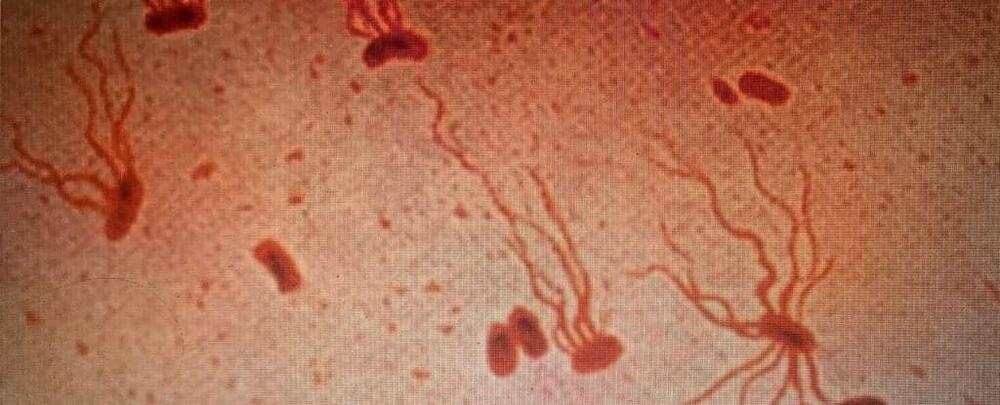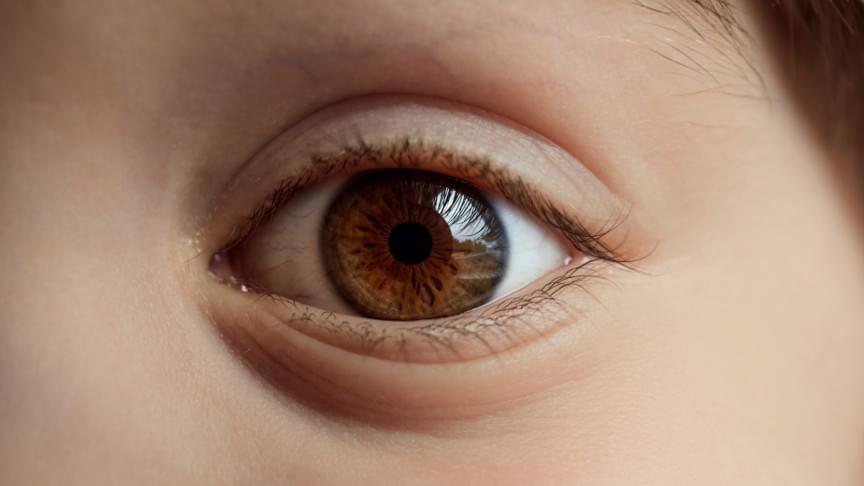After 20 years of research, Haifa scientists claim to have found the way to make elderly human skin young again – in lab rodents.


Just a quick update in the E5 experiment all control rats have died and 3 treated rats remain.
Does the survival curve reflect the epigenetic age reduction seen in previous experiment? Blog post from the Live Forever Club.



A gold miner in Canada discovered a near complete mummified baby woolly mammoth Tuesday, according to the Yukon government and Trʼondëk Hwëchʼin, a local traditional territory. The female baby was named Nun cho ga, which means “big baby animal” in the Hän language.
The miner found the baby, which retained its skin and hair, while excavating through the permafrost at Eureka Creek in the Klondike gold fields within Trʼondëk Hwëchʼin Traditional Territory, the government’s press release said. She’s estimated to have frozen during the Ice Age, over 30,000 years ago. While alive, she likely roamed the Yukon with wild horses, cave lions and giant steppe bison.
It added that the discovery was “significant” and rare, even for an area like Yukon, which has “a world-renowned fossil record of ice age animals.”

Typhoid fever might be rare in developed countries, but this ancient threat, thought to have been around for millennia, is still very much a danger in our modern world.
According to new research, the bacterium that causes typhoid fever is evolving extensive drug resistance, and it’s rapidly replacing strains that aren’t resistant.
Currently, antibiotics are the only way to effectively treat typhoid, which is caused by the bacterium Salmonella enterica serovar Typhi (S Typhi). Yet over the past three decades, the bacterium’s resistance to oral antibiotics has been growing and spreading.

View insights.
A quantum microphone can record human speech better than an equivalent classical version, and it could also be adapted for high-resolution biological imaging.


Early diagnosis of neurodevelopmental conditions, such as Attention Deficit Hyperactivity Disorder (ADHD) and Autism Spectrum Disorder (ASD), is critical for treatment and symptom management processes.
Now, a team of researchers from the University of South Australia has found that recordings from the retina may be used to distinguish unique signals for both ADHD and ASD, offering a possible biomarker for each disorder. According to a press release published by the institution, The team used the “electroretinogram” (ERG), a diagnostic test that measures the electrical activity of the retina in response to light, and found out that children with ASD showed less ERG energy while children with ADHD displayed more ERG energy.